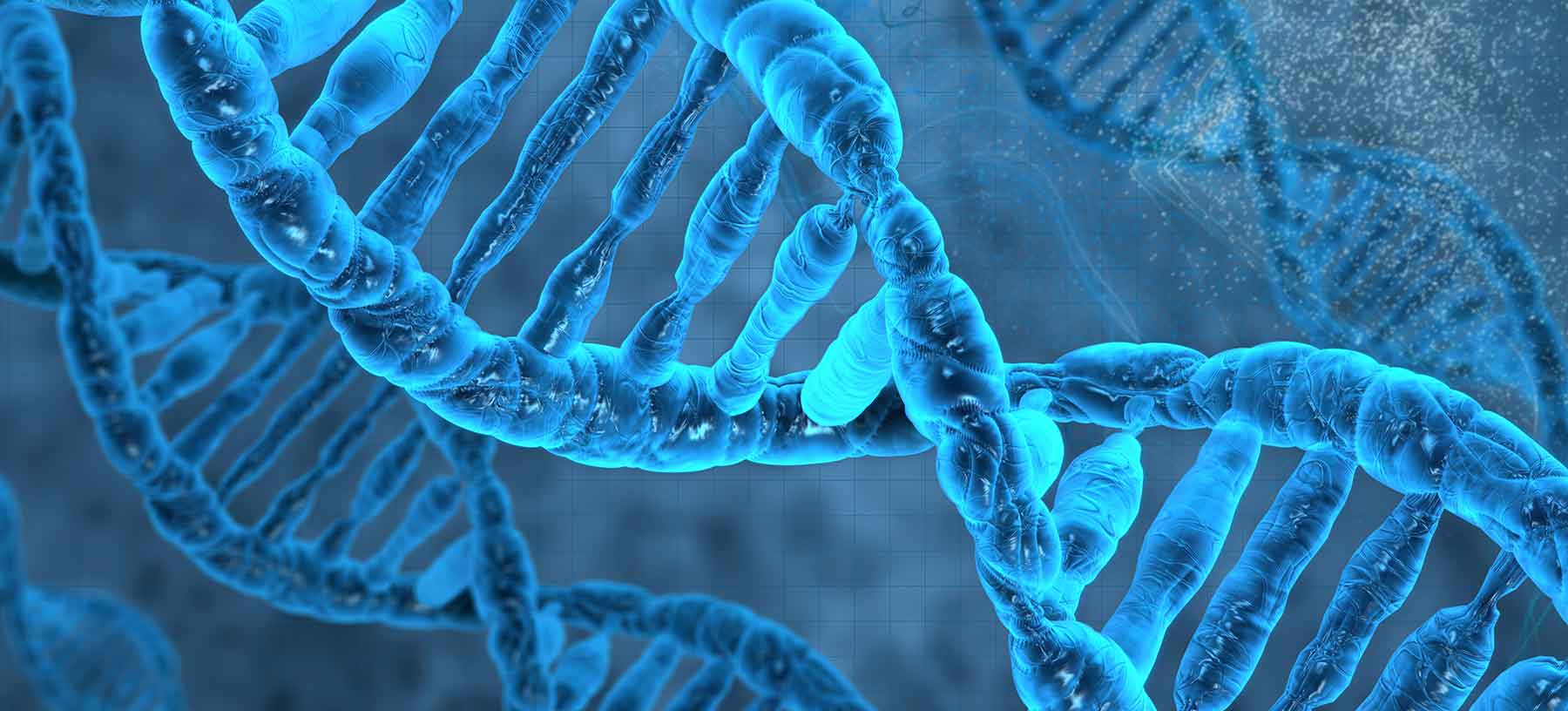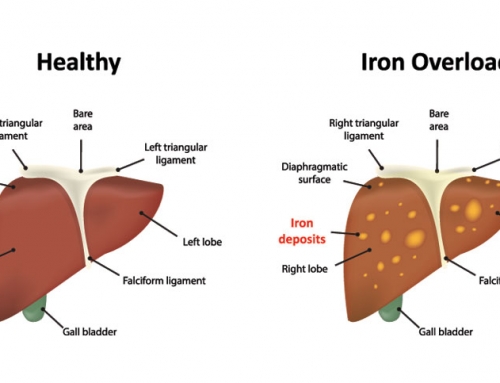What are the different types of Hemochromatosis?
There are four general types of hemochromatosis, which are classified in regards to the age of onset, genetic causes and mode of inheritance.
Type 1 hemochromatosis is the most classic and common form of hereditary hemochromatosis. The age of onset is about 30 and 50 years old for males, and 10 to 15 years after menopause for females, as iron can no longer be lost with menstruation. The genetic cause for type 1 hemochromatosis is due to mutations in the HFE gene, resulting in disruption of proper dietary iron regulation and absorption. The mode of inheritance is autosomal recessive, so this disorder will only develop when two abnormal alleles are inherited.
Type 2 hemochromatosis, also called juvenile hemochromatosis, is the most severe form of rare type of hemochromatosis. Iron begins to build up much earlier in life, and the age of onset is between 15-30 years old. Type 2A is caused by genetic mutations in the hemojuvelin (HFE2) gene, and type 2B is caused by genetic mutations in the hepcidin (HAMP) gene. These mutations result in hepcidin deficiency, which causes excess iron from increased iron absorption in the intestines and iron release from the spleen. The mode of inheritance is autosomal recessive.
Type 3 hemochromatosisis is one of the rare types of hemochromatosis. The age of onset is usually observed before 30 years old. Type 3 hemochromatosis is caused by mutations in the transferrin receptor 2 gene (TFR2). These mutations result in hypohepcidinemia, leading to excess iron absorption. The mode of inheritance is autosomal recessive.
Type 4 hemochromatosis, also called ferroportin disease, is one of the rare types of hemochromatosis. The age of onset begins in adulthood for type 4A, though it can be observed in childhood for type 4B. Type 4 hemochromatosis is caused by genetic mutations in the SLC40A1 gene, which encodes for ferroportin, an iron regulatory protein. Type 4A mutation results in mutant ferroportin that cannot export iron from cells, leading to iron accumulation in the cells. Type 4B mutation results in mutant ferroportin that are resistant to hepcidin, leading to hepcidin deficiency. The mode of inheritance is autosomal dominant.
Apart from hereditary hemochromatosis, there are also types of hemochromatosis that are not inherited, such as neonatal hemochromatosis and secondary hemochromatosis. Neonatal hemochromatosis is a severe liver disorder in newborns, in which iron accumulates rapidly in the liver to toxic levels, leading to death of the fetus or newborn. Secondary hemochromatosis develops due to presence of other diseases such as anemia or chronic liver disease, which can result in excess iron accumulation after multiple blood transfusions.
References:
Duchini A, Klachko DM, Sfeir HE (2014). Hemochromatosis.
Hemochromatosis.org. Provided by Iron Disorders Institute.
Hemochromatosis. National Heart, Lung, and Blood Institute. National Institutes of Health.
DNA In the News2017-04-06T19:21:40+00:00






